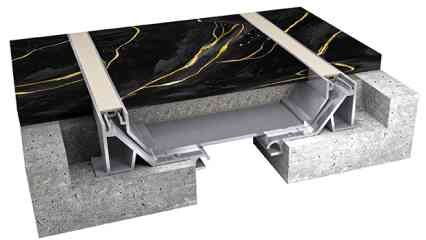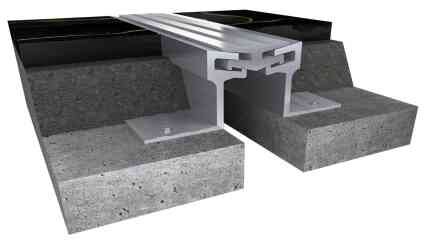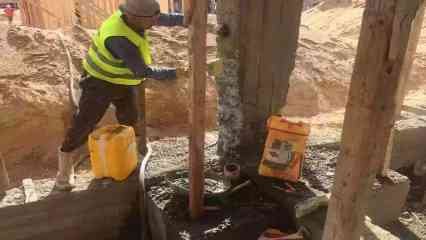Welcome To Specialized Trading & Construction STC
The STC Company Specialized Trading & Construction Company STC is working in the trading and execution of building chemicals, general contracting and finishing utilizing its experience and efficiency, which rank it as one of the major specialized contracting companies in Egypt. We have young ambitious staff under the Supervision of our professionals in the specialized and general contracting works. We gained the confidence of the major building chemicals companies in Egypt and the Middle East as the leading contractor and authorized distributor of their products based on the acquired experience of our work team. We have modern equipment and specialized materials in applying building chemicals and materials which Realize the highest quality standards for the largest projects, along with fast performance and execution saving time according to the standards of the major consultants. We always endeavor and look for any new trends in the field of building chemicals and finishing so as to be always unique. Our motto is the permanent development which is the real success to any successful institution. The work of our company includes supply and execution of all industrial floors,water, thermal and sound proofing, concrete overhaul and...
Our Vision
Vision STCEGYPT ’s vision is to be the leading construction company in our chosen markets, sought after by potential clients and employees for our track record in reliable execution, cost effectiveness, and world class...
Read More About Our VisionOur Story
Specialized Trading & Construction Company STC was established in 2015 Specialized Trading & Construction Company STC is working in the trading and execution of building chemicals, general contracting and finishing utili...
Read More About Our StoryLatest Blog Post

The Role of Expansion Joints in Architectural Engineering In the world of architectural engineering, expansion joints are one of the fundamental elem...

Expansion Joints: Necessity and Function In civil engineering and construction, expansion joints play a crucial role in maintaining the stability of...

مانع التسرب او water stop هو عبارة عن رول من البلاستيك مطاطية (ويوجد منه أنواع معدنية ) عرضه يتراوح بين عشرين إلى ثلاثين cm و يكون طول الرول حوالي 30...

Exterior Finishes and Paints by Savito: A Fusion of Creativity and PerformanceIn the realm of architecture and construction, exterior finishes take th...





















